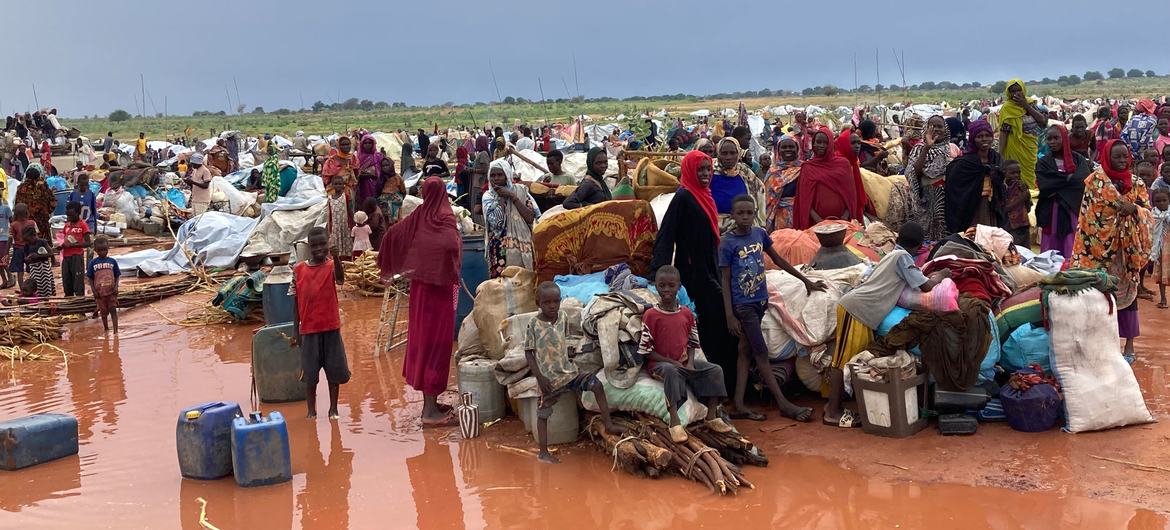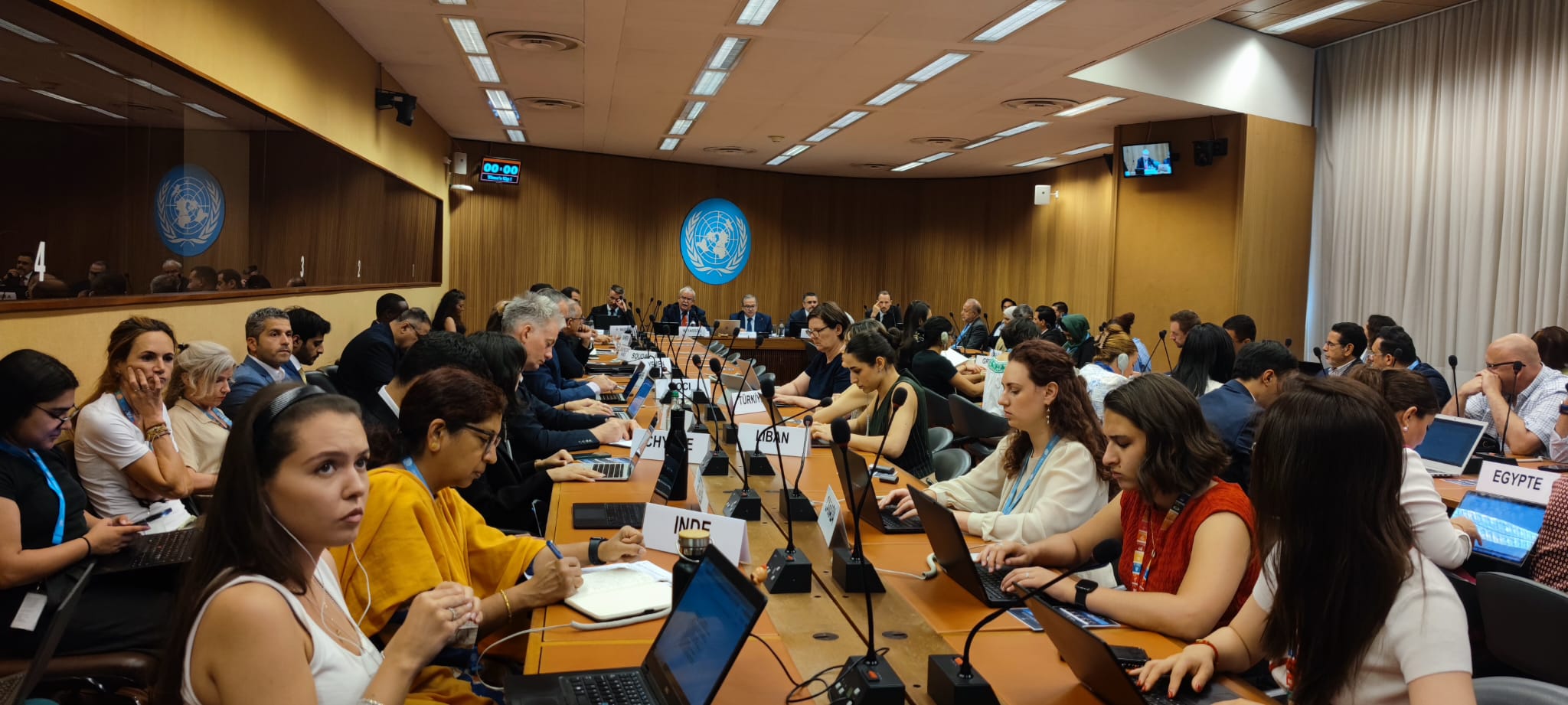Despite a modest economic rebound, a new UNDP report highlights widespread insecurity, particularly affecting women, rural areas, and the most vulnerable households.
Kabul/New York – For the first time since 2019, Afghanistan recorded a slight GDP growth of 2.7% in 2023–2024. However, a new report by the United Nations Development Programme (UNDP), released on April 30, paints a troubling picture: this fragile recovery is failing to halt the deepening daily hardship now affecting three-quarters of the population. The trade deficit has surged to $6.7 billion, domestic production remains stagnant, and job creation is scarce—further increasing the country’s dependence on imports and international aid.
The report also highlights the deepening gender inequality caused by ongoing restrictions on women’s education and employment. These discriminatory policies could cost the Afghan economy up to $920 million by 2026. Women’s access to healthcare has declined sharply, and their safety in public spaces continues to deteriorate. Rural areas—home to over 70% of the population—remain largely deprived of essential services, reinforcing their marginalization.
In response, the UNDP is calling for targeted, long-term interventions that go beyond emergency humanitarian aid. These include support for women-led businesses, development of agricultural value chains, strengthening of sustainable livelihoods in eco-fragile areas, and the establishment of social protection systems. According to Kanni Wignaraja, UNDP’s Regional Director for Asia and the Pacific, “the Afghan people are on a deeply troubling trajectory.” Stephen Rodriques, UNDP’s Resident Representative in Afghanistan, added, “Lifting the current restrictions on women is a prerequisite for the country’s economic recovery.”














